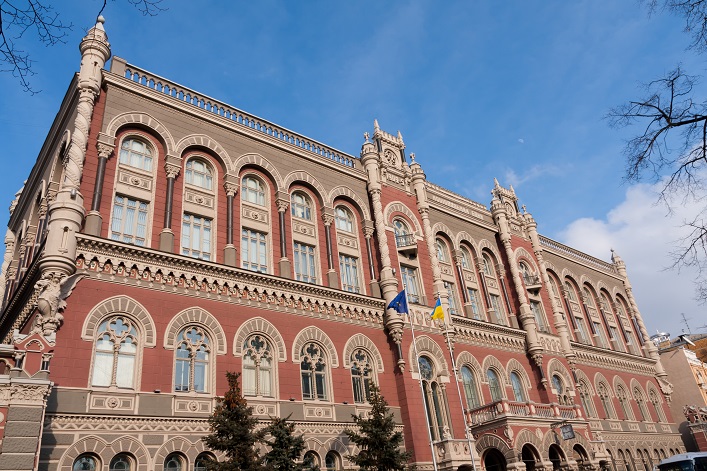Here are the leading indicators:
- Inflation in April remained the same as in March – 3.2% annually. This was facilitated by a drop in prices for raw food products and persistent inflationary expectations.
- Business expectations and consumer sentiment worsened in May. The reason was limitations in electricity consumption and availability.
- The labor market recovered more slowly in May: growth in labor demand slowed, but supply remained limited. This, in turn, continued to put upward pressure on wages, which increased household incomes.
- The foreign trade deficit narrowed in April. This follows a reduction in expenses for war refugees abroad and a significant increase in corn exports.
- International reserves were $42.4B at the end of April and $39B at the end of May. The volume of international aid decreased compared to March.
- The state budget deficit in May expanded rapidly due to significant expenditures. These were primarily financed by international aid.
- The situation in the FX market was controlled due to intervention by the NBU.
